Disclosure: We may get commissions for purchases made through links in this post.
Do you plan to use gravel for your landscaping or paving project, but don't know whether it can absorb water or not? Luckily, you've come to the right place. We have already asked our experts about whether it is good for drainage and here's what we found.
Gravel has a natural draining capacity. Most landscapers and construction workers use this material because water drains through it easily compared to most soil types.
We suggest you continue reading to learn more about gravel. This information might convince you to incorporate gravel into your landscape, garden, or construction project.
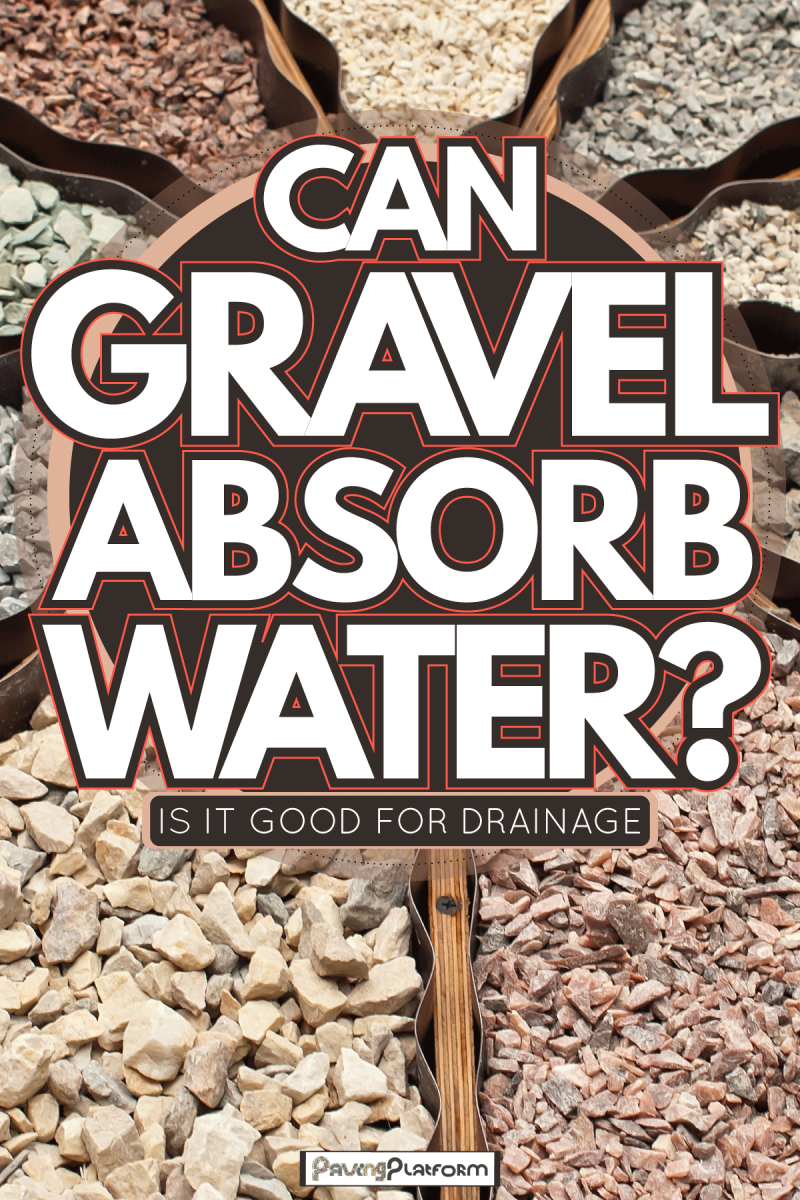
Benefits Of Using Gravel
Using gravel provides plenty of benefits, among which is its ability to drain water well. Here are a few of its advantages:
Gravel Offers Natural Drainage
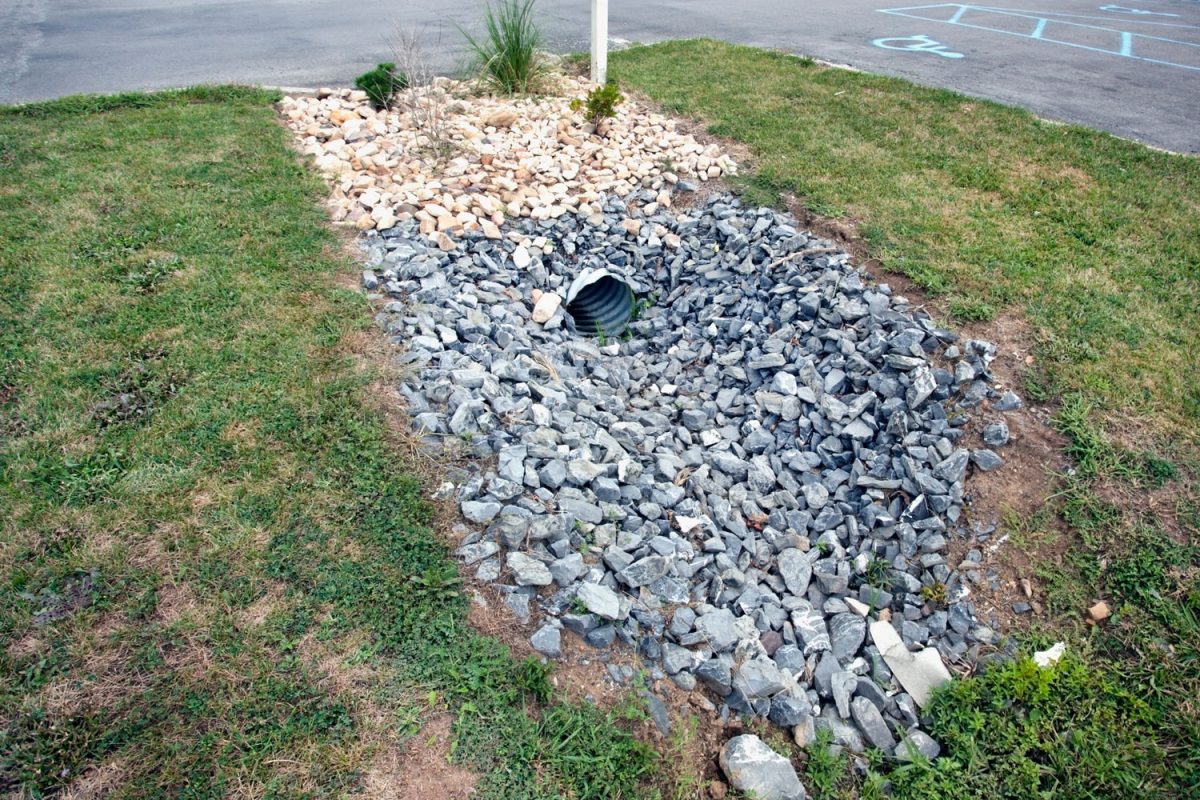
It would be best to use gravel to stop the pooling of water and prevent the plants from drowning when heavy rain is pouring. Compared to soil, gravel drains water more easily and quickly.
Gravel Suppresses Weeds
If you incorporate gravel into the foundations of your house, you can expect that it will prevent shrubs, weeds, and soil mounds from infiltrating the house effectively.
Using gravel for your garden bed, construction projects, or near the house wall will not only help suppress weeds but also keep the area looking clean.
Gravel Prevents Excess Moisture
One of the main benefits of gravel is that it doesn't keep moisture. As such, it helps prevent different issues that can damage the area if the foundation is moist.
Gravel Provides Heating
Aside from performing well during wet weather, gravel is equally convenient when there is little to no rain.
When the gravel is exposed to sunlight, it will heat up quickly since it is a solid material. The heat will be stored when the sun sets and helps the property stay heated. This is why it's perfect for drought-tolerant gardens that grow plants like euphorbia and lavender!
Plus, it's better for landscaping than mulch since it can get rid of the excess moisture by allowing it to evaporate quickly. It can also help melt the snow or ice easily.
Top 10 Gravel Types For Drainage
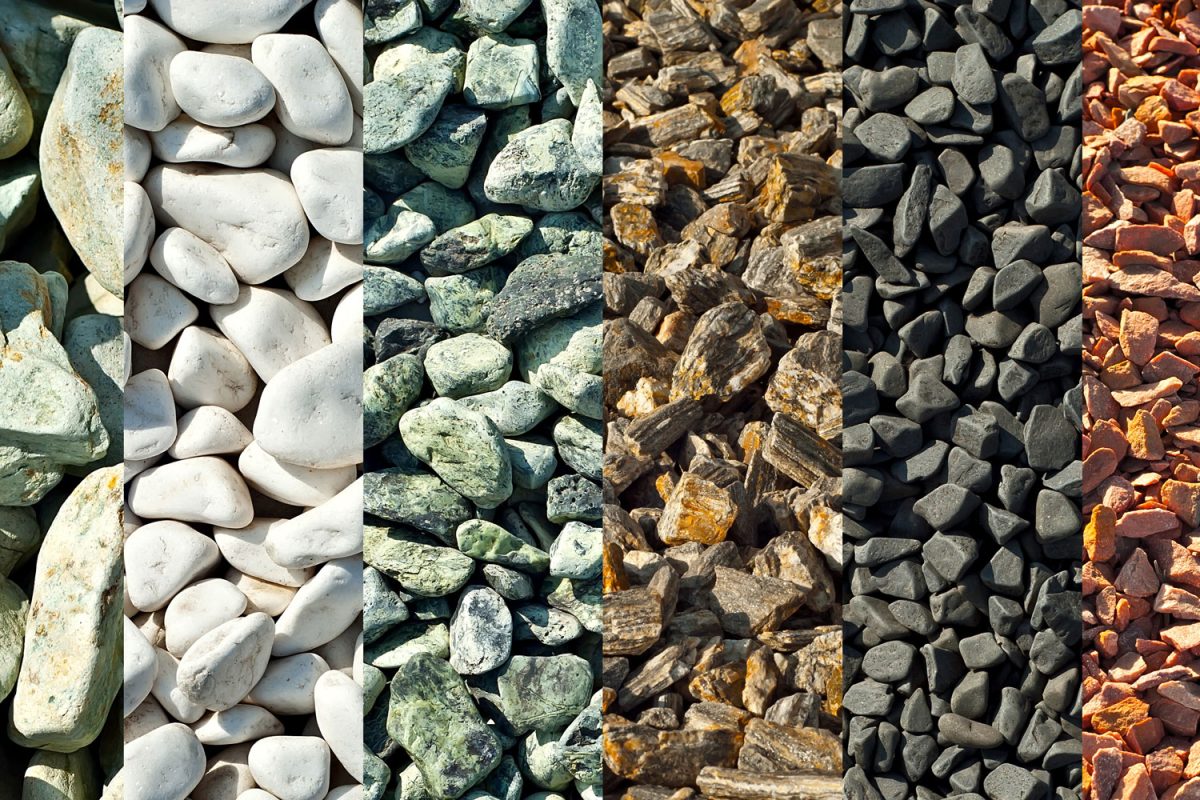
The drainage system is one of the most important factors when building a structure, such as landscapes, driveways, gravel roads, or garden beds. You will learn about the best types of gravel in this section and why most landscape experts and construction workers prefer using it for their projects.
1. Pea Gravel
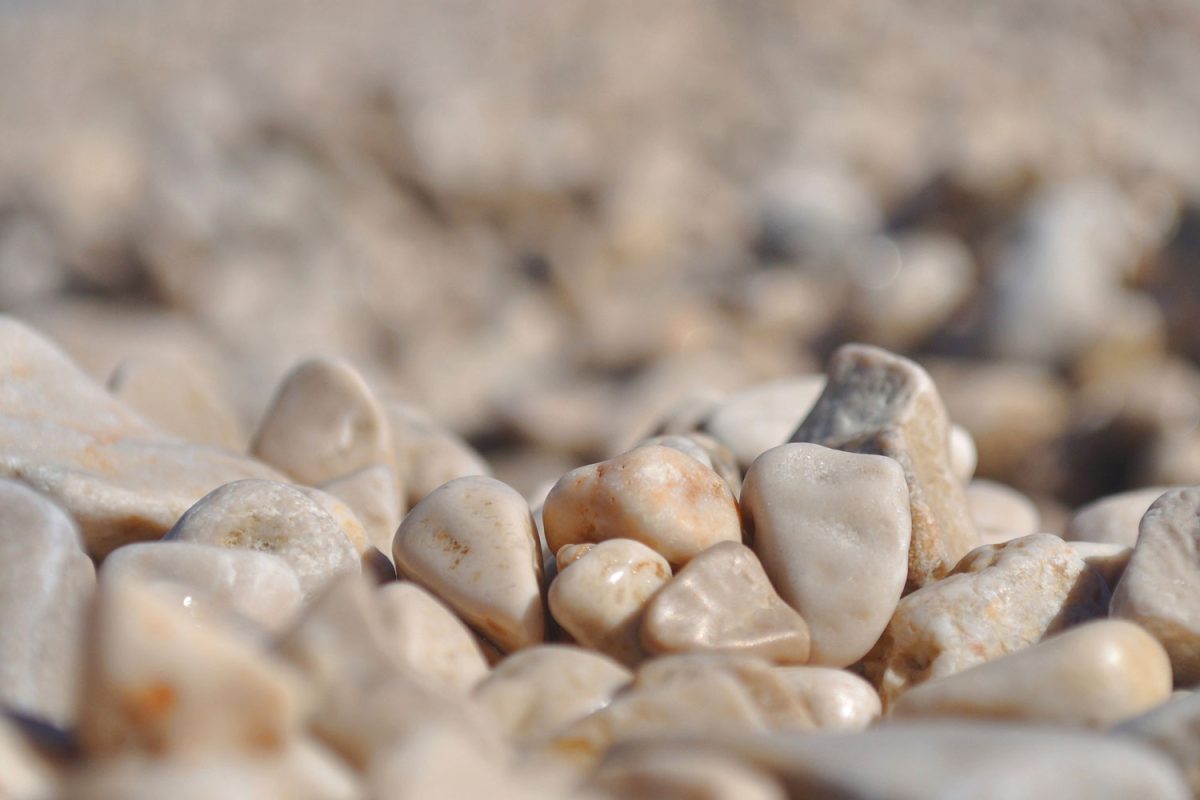
Pea gravel is often called a pea shingle and is only about 3/8-inch in size. This type of gravel offers numerous colors, such as blue, red, grey, and brown. Its attractive appearance is sure to enhance your outdoors!
Aside from the colorful features of pea gravel, it is also generally smooth and round, which means it is very different from crushed stone. The size of the pea gravel will help in water draining because it manages to compact itself effortlessly when you use it on the bottom. However, keep in mind that it doesn't lock into position easily.
Pea gravel is often used at the top layer of every project because of its appealing features.
Check out this pea gravel on Amazon.
2. Item #4
Item #4 is a mixture of sand, dirt, and crushed stones. It is mainly used as the base layer of driveways, created from various stone materials, such as concrete, grey gravel, bricks, limestone, bluestone, and blacktop.
The size of most stones in Item #4 is roughly the size of a golf ball, which makes it excellent for drainage. However, the dirt and sand in its mixture may deter proper drainage. Plus, it doesn't look that appealing, so you might not consider this gravel to use as your top layer.
3. River Rock
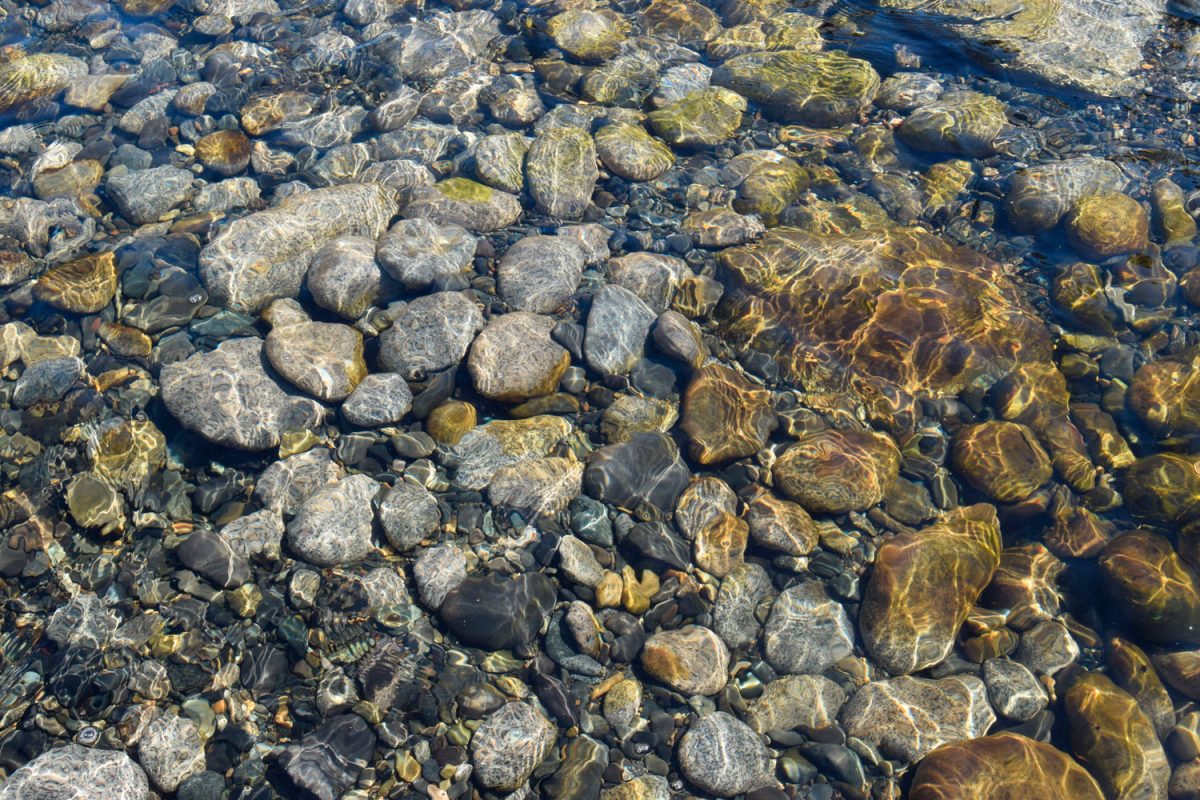
As you can gather from its name, river rock is a rock that comes from rivers or streams. From years of running in the water, this gravel type is round and a bit glossy. They are appealing enough to use as a top layer if you want to.
However, river rocks have a smooth texture, making them difficult to keep in place once you put them down. To keep them in place, it would be best to frame them with another type of gravel.
River rocks are too small to use as a bottom layer, but it is ideal to use on the middle layer since they are larger than pea gravel. In addition, they are also excellent in drainage since they allow the water to pass through into the ground rather than run off.
Check out these river rocks on Amazon.
4. Base Gravel #3
As its name suggests, it is best to use for filling the base level of your landscape project. It is perfect at the bottom layer, where drainage is of utmost importance. The smallest gravel in this material is about an inch, so you don't have to worry about compacting and clogging. Indeed, you will have excellent drainage using this.
Whether you use a perforated pipe or not, this is the best gravel for french drains. The only downside of this type of gravel is that it's not that appealing, so it's not ideal for use as a top layer.
5. Pink Quartz
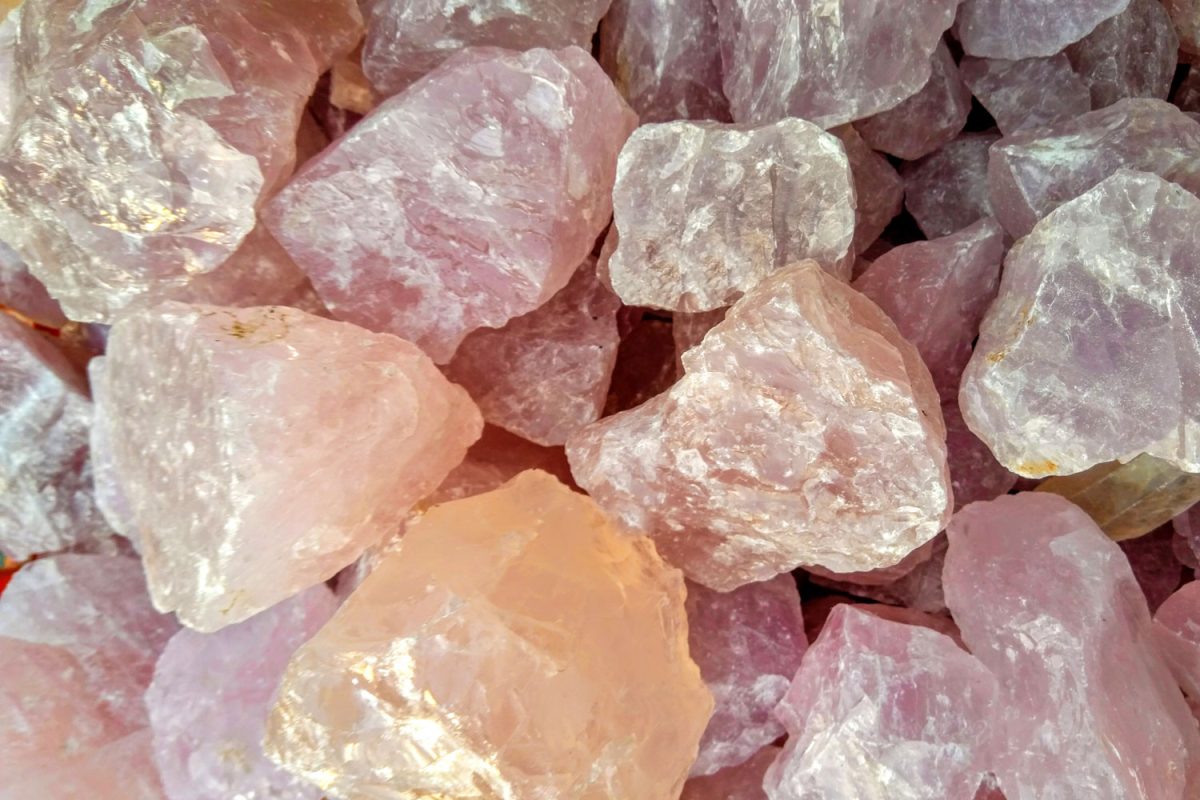
Like the other types of gravel, pink quartz is not smooth, which is why it always stays in place. That means it also works incredibly well as natural drainage; it offers better drainage than many top layer gravels since it doesn't compress that extensively. Better yet, it is undoubtedly attractive. It comes in different shades of pink, making it perfect to use as a top layer.
The only downside of this gravel is that it's a bit pricier than the other types. Due to its cost and small size, it is not ideal for the bottom layer.
6. Crushed Stone #57
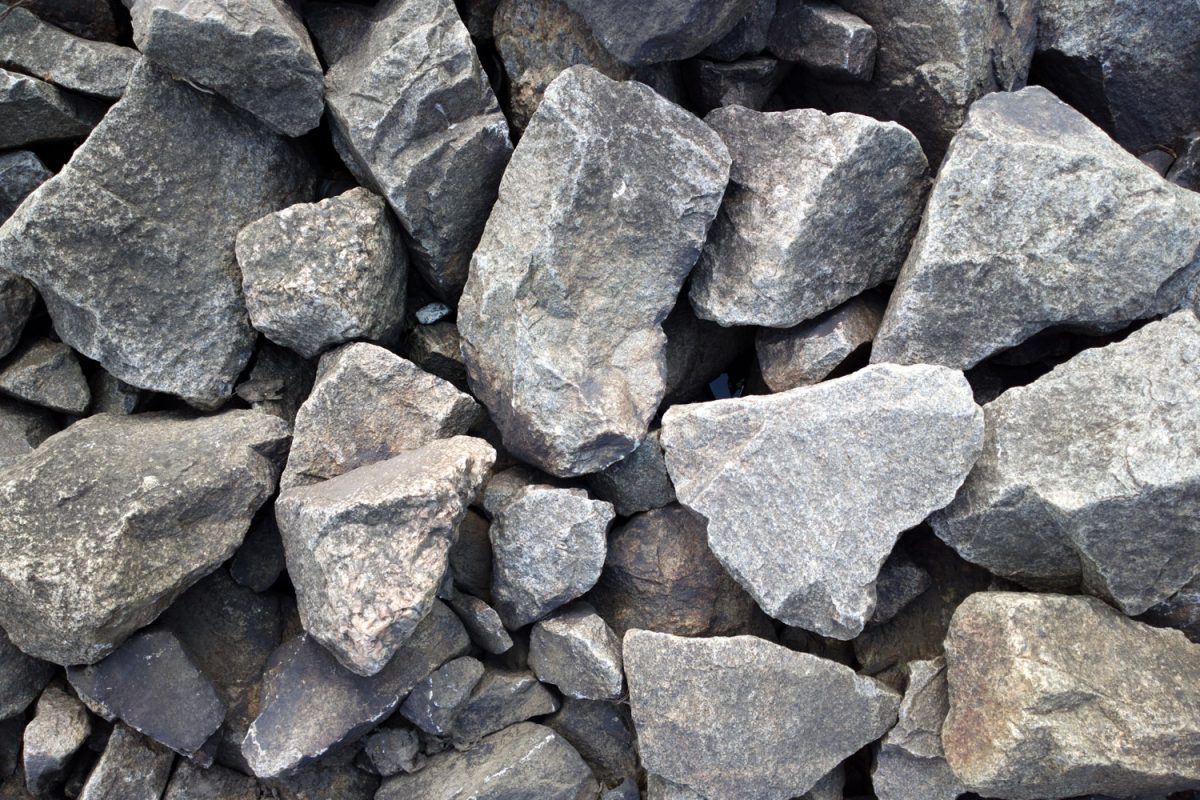
#57 is the most popular crushed stone on the market. It offers ideal drainage properties since the rocks don't compact and adhere together.
It is machine-crushed gravel, so it has very angular shapes with medium to large sizes that make them ideal for the mid-layer in the drainage system. However, it doesn't look that attractive, so you might not want to consider this for a top layer. Its size is also not suitable for the base layer.
7. Jersey Shore Gravel
Although it doesn't feature a lot of different colors, jersey shore gravel is somewhat identical to pea gravel. This gravel type only comes in brown, tan, white, and gold shades, basically the color of shore sand. It is also smooth, which means it's difficult for them to stay in place. They are perfect as a top layer but not recommended to use as a mid-layer or base layer.
8. Crushed Stone #411
This gravel type is quite identical to crushed stone #57. It is produced using crushed #57, small stones, and coarse rock dust. The gravel is compacted and tight because the dust and smaller stones fill in the spaces created by the larger stones.
Crushed stone #411 is ideal for use as a top layer that requires proper drainage. However, it is not a suitable choice for other layers due to the smaller stones and dust it's composed of. Luckily, it is a cheaper option as a top layer than other decorative pea gravel and river rocks.
9. Marble Chips
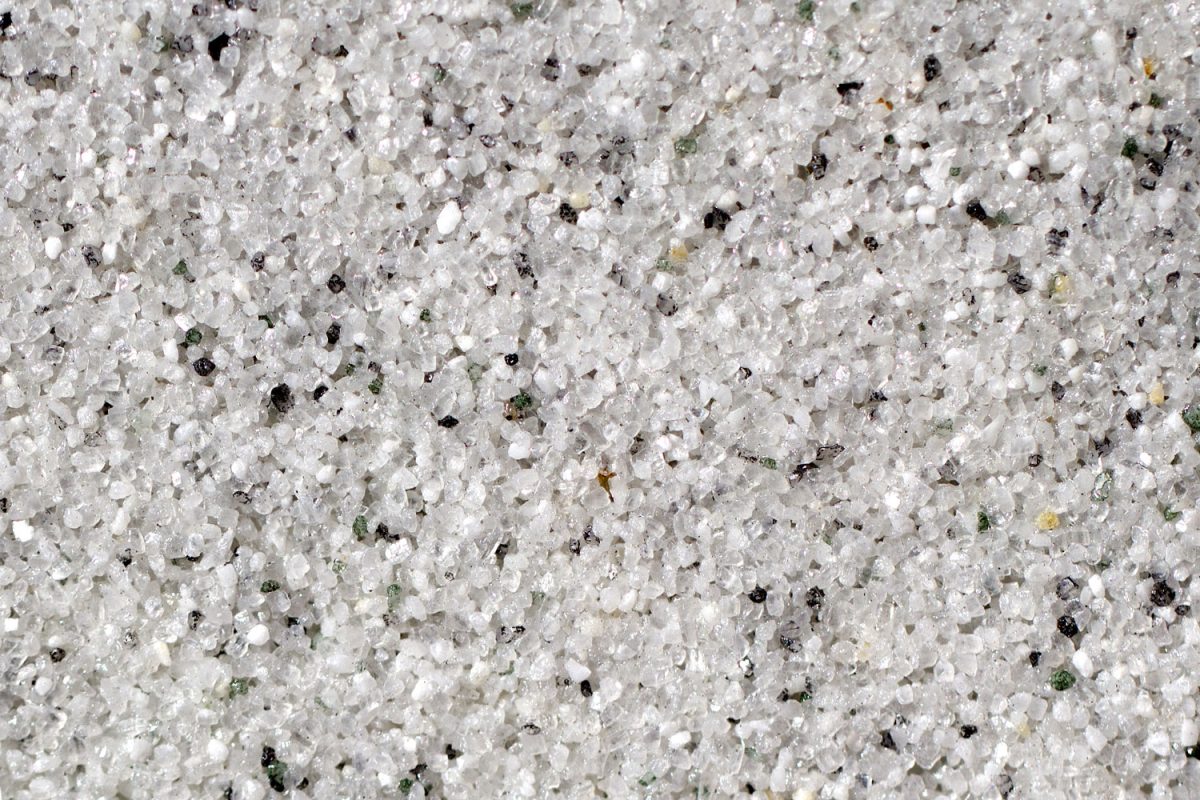
This gravel type is a crushed marble, and it is one of the most sought-after choices for top layer gravel out there. It will gleam and glitter when exposed to sunlight, making it look elegant and unique. Marble chips are just small stones, so it is only ideal as a top layer.
One of its downsides is that it is one of the most expensive gravel types on the market, and you don't want to place it where it is not going to be visible. Also, they won't stay in place since they are smooth, just like pea gravel. So you will need to do edging to keep them enclosed and hold them in place.
10. Washed Clean Stone
After this gravel type gets crushed, it will need washing and cleaning to eliminate all the small chips and rock dust. The purpose of washing it is to ensure that no excess small substances prevent it from compacting to perform proper drainage. Since it can compact easily, it is ideal for the mid and base layers. Take note that non-washed crushed stones are cheaper than this type.
Wrapping Things Up
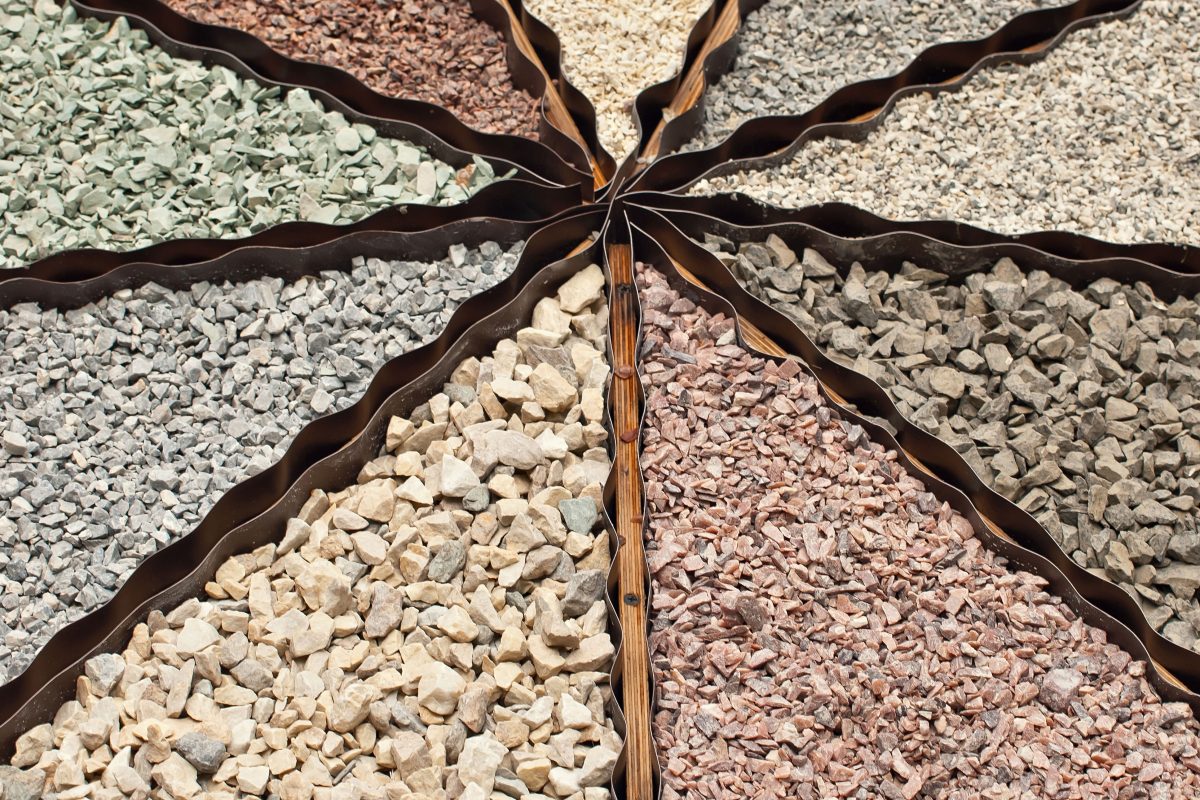
When you need proper drainage for your landscape or construction projects, especially gravel roads, keep in mind that there are many gravel types you can choose from for best results. Depending on your needs and preferences, some types may be more suitable for you than others.
To choose the most ideal type, remember that you will need small gravel on the toplayer and larger stones as the base layer to achieve excellent drainage.
Want to read more gravel-related posts? Visit these articles:



![Vibrant Red Paver Stone Path, Can You Spray Paver Sealer? [How To Apply It]](https://pavingplatform.com/wp-content/uploads/2022/04/Vibrant-Red-Paver-Stone-Path-600x400.jpg)
![Properly laid out red pavers for a garden, Can You Tint Paver Sealer? [And How To]](https://pavingplatform.com/wp-content/uploads/2022/04/Properly-laid-out-red-pavers-for-a-garden-600x400.jpg)
